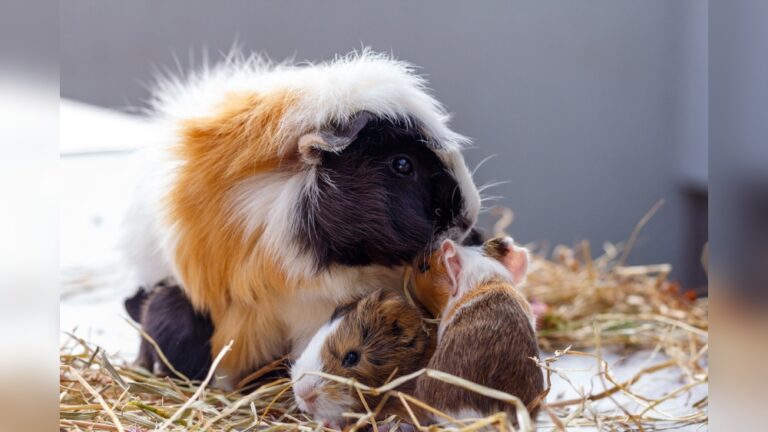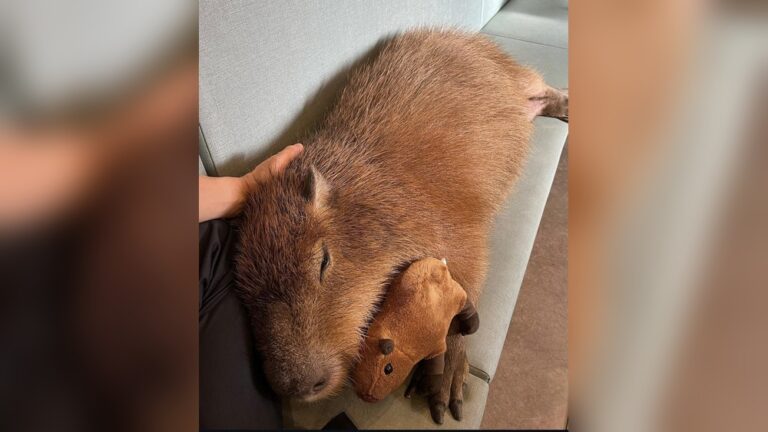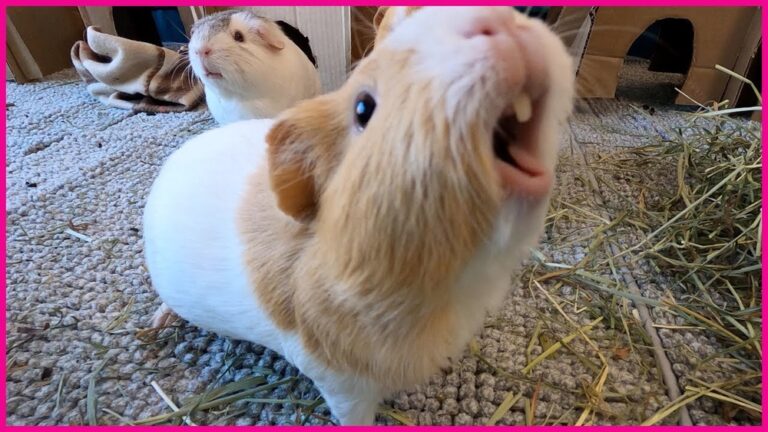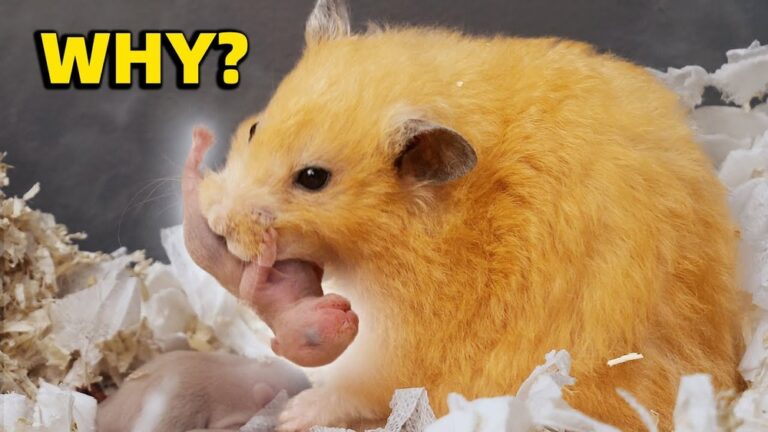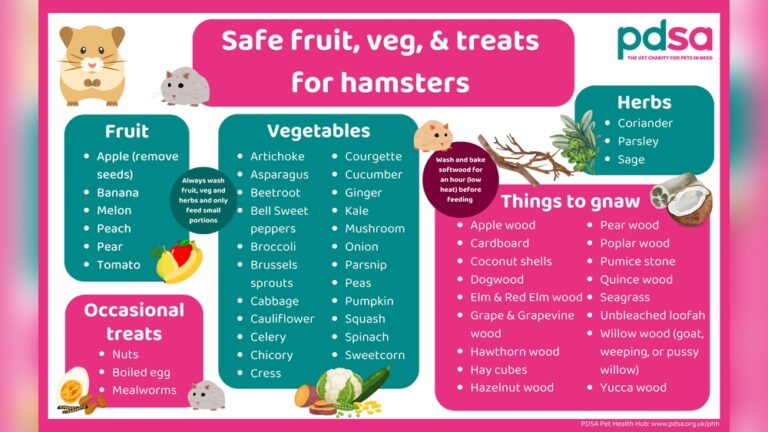Are Red Squirrels Aggressive: Uncovering Their True Nature
Have you ever spotted a red squirrel darting through the trees and wondered if these little creatures might be aggressive? You’re not alone.
Red squirrels are often seen as cute and harmless, but their behavior can sometimes surprise you. If you want to understand whether these furry animals pose any threat or if they’re just misunderstood, this article is exactly what you need.
Keep reading, and you’ll discover the truth about red squirrels’ nature—and what that means for you when you encounter them.
Red Squirrel Behavior
Red squirrels have unique behaviors that help them survive in the wild. They are small, fast, and alert animals. Their actions show how they manage food, avoid danger, and interact with others. Understanding red squirrel behavior gives insight into their nature and lifestyle.
Typical Daily Activities
Red squirrels spend much time searching for food. They eat nuts, seeds, fruits, and sometimes insects. They store food in hidden spots for winter. Climbing trees is common as they move quickly through branches. Resting in nests made of leaves and twigs happens during the day. They also groom themselves to stay clean and healthy.
Social Interactions
Red squirrels are mostly solitary animals. They keep their distance from each other to avoid fights. They use vocal sounds and tail movements to communicate. Mating season is the time they get close. Mothers care for their young until they are independent. Territorial behavior is common, especially during food shortages. Despite this, they rarely show strong aggression to humans.

Credit: www.wildlifeonline.me.uk
Signs Of Aggression
Red squirrels show clear signs when they feel aggressive. Knowing these signs helps you understand their behavior better. It also helps you stay safe around them. Red squirrels do not attack without reason. Their aggression is a way to protect themselves or their space.
Recognizing these signs is important if you see red squirrels in the wild or near your home. They use body language and sounds to express anger or fear. Watch carefully to see what they are trying to tell you.
Common Aggressive Displays
Red squirrels often raise their fur to look bigger. This puffing up is a warning to others. They may also bare their teeth and make sharp chattering noises. Tail flicking is another common sign. It shows irritation or readiness to defend.
Sometimes, red squirrels stand on their hind legs and stare directly. This posture shows they are alert and ready to act. They may also make quick lunges without biting. These actions warn others to stay away.
Triggers For Aggressive Behavior
Red squirrels become aggressive when they feel threatened. This can happen if a person or animal comes too close. They also act aggressively to protect their food or nest. Sudden movements or loud noises can trigger their defense.
Competition with other squirrels for food or territory often leads to fights. Mating season is another time when aggression increases. During this period, males compete for females. Understanding these triggers helps avoid conflicts with red squirrels.
Comparing Red And Grey Squirrels
Red squirrels and grey squirrels live in many of the same places. People often wonder about their behavior and if red squirrels are more aggressive. Comparing these two types helps understand their actions better.
Behavioral Differences
Red squirrels are usually more cautious than grey squirrels. They move quickly and avoid humans. Grey squirrels are bolder and more curious around people. Red squirrels focus on smaller territories and spend more time hiding food. Grey squirrels are active and explore wide areas to find food.
Territorial Tendencies
Red squirrels defend their space strongly against others. They chase away intruders to protect their nests and food stores. Grey squirrels are less strict about territory. They often share areas with other squirrels. Red squirrels’ strong defense makes them seem aggressive sometimes, but they mainly protect their home.
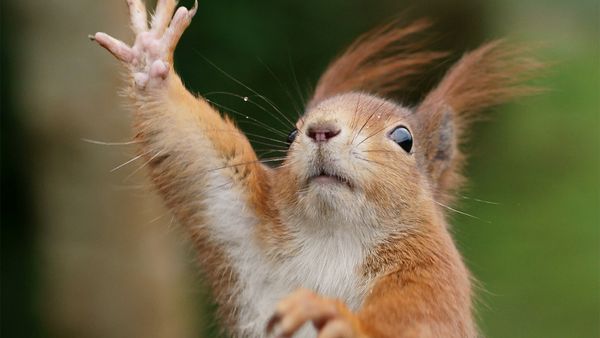
Credit: animals.howstuffworks.com
Environmental Influences
Red squirrels show different behavior based on their surroundings. The environment plays a big role in how they act. Some places make them calm, others can make them more defensive or aggressive. Understanding these factors helps explain their actions better.
Several environmental elements affect red squirrels. These include their home area and how humans interact with them. Both can change their natural behavior in many ways.
Impact Of Habitat
Red squirrels live mostly in forests with many trees. A rich habitat offers enough food and shelter. In such areas, squirrels feel safe and less aggressive. If food is scarce, they may fight to protect resources. Crowded spaces can also increase tension among squirrels. A healthy habitat helps keep red squirrels calm and less hostile.
Human Interaction Effects
Humans affect red squirrels in many ways. Feeding squirrels can make them less afraid but more bold. Some squirrels may become aggressive when they expect food. Loud noises or sudden movements scare squirrels. This fear can make them act defensively. Respecting their space helps keep red squirrels calm and safe.
Red Squirrels And Humans
Red squirrels are small, lively animals often found in parks and forests. They can be curious about humans but usually keep their distance. Understanding their behavior helps people enjoy watching them safely. Red squirrels do not often show aggression unless they feel threatened or cornered.
Safety Around Red Squirrels
Stay calm and move slowly near red squirrels. Sudden moves may scare or stress them. Keep a safe distance to avoid any bites or scratches. Do not try to touch or chase them. Respect their space and watch quietly from afar. This keeps both you and the squirrel safe.
Feeding And Handling Guidelines
Feeding red squirrels can be risky. Human food may harm their health. Offer natural foods like nuts or seeds if you feed them. Use clean hands and avoid direct contact. Never hold or pick up a red squirrel. They are wild animals and may bite if scared. Let them find their own food in nature.
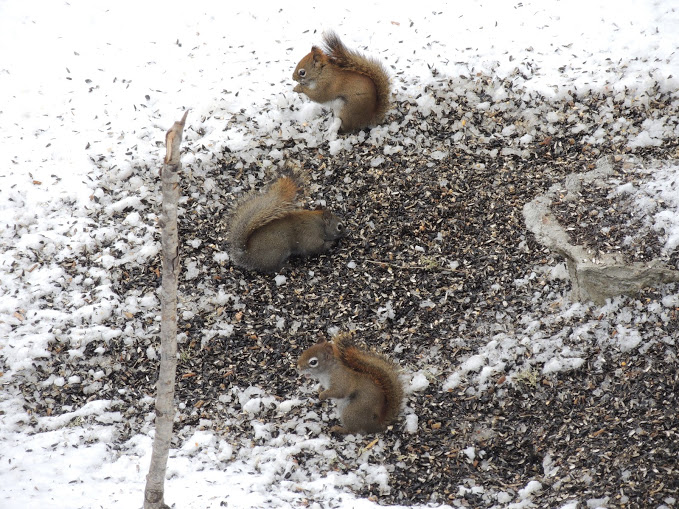
Credit: www.skedaddlewildlife.com
Myths Vs Reality
Red squirrels often get a bad reputation for being aggressive. Stories and sightings make people think they are hostile animals. It is important to separate myths from the real behavior of these creatures. Understanding their nature helps us appreciate them better.
Common Misconceptions
Many believe red squirrels attack humans without reason. This idea mostly comes from rare encounters where squirrels feel threatened. People also think squirrels are always fighting each other. In truth, they usually avoid conflict unless food or territory is at stake.
Another myth is that red squirrels bite or scratch easily. They generally do not harm humans unless provoked. Squirrels use aggression mainly to protect their young or food. Most of the time, they run away from people rather than approach them.
Scientific Findings
Studies show red squirrels are mostly shy and cautious. Researchers observe that their aggressive acts happen during mating or competition. These actions help them survive but are not constant behavior.
Scientists also found that red squirrels communicate through sounds and body language. This helps prevent fights by warning others early. Aggression is a last choice after other signals fail.
Overall, research confirms red squirrels are not naturally hostile to humans. Their behavior depends on the situation and environment. Knowing these facts clears up many wrong ideas about their aggression.
How Smart Pets Lover Can Help You with Are Red Squirrels Aggressive
Learning from Red Squirrel Behavior and Aggression
Understanding whether red squirrels are aggressive opens up practical learning opportunities for any nature enthusiast or pet parent. Observing red squirrel behavior, especially their signs of aggression, can teach us valuable lessons about wildlife communication and respect for their space. For example, recognizing warning gestures helps avoid unnecessary conflicts, fostering a positive coexistence between humans and these spirited creatures.
Comparing red and grey squirrels also offers insight into environmental influences on animal behavior. This comparison not only enriches our appreciation for biodiversity but encourages responsible wildlife interaction, a core value for anyone passionate about animals. At Smart Pets Lover, we believe learning about such nuances strengthens the bond between humans and animals, whether they’re in your backyard or a nearby park.
If you’re curious or need guidance on observing wildlife safely and responsibly, local wildlife centers or conservation groups can be a helpful resource. Connecting with experts supports informed, confident, and compassionate engagement with nature—because every interaction tells a story worth cherishing.
Frequently Asked Questions
Are Red Squirrels Naturally Aggressive Animals?
Red squirrels can show territorial behavior, especially during breeding seasons. They may act aggressive to protect their nests or food sources but are generally shy and avoid humans.
How Do Red Squirrels Behave Around Humans?
Red squirrels tend to avoid humans and are not usually aggressive. They might approach if food is offered but rarely show hostile behavior unless threatened.
Do Red Squirrels Fight Each Other Often?
Yes, red squirrels often engage in fights over territory and resources. These disputes can be aggressive but are part of their natural behavior to establish dominance.
Can Red Squirrels Bite Or Scratch Humans?
While red squirrels can bite or scratch if threatened, they rarely attack humans. They prefer to flee rather than confront larger animals or people.
Conclusion
Red squirrels can show some aggression, especially during feeding or nesting. They defend their space but rarely harm humans. Most of their behavior is about survival, not attacking. Watching them can be fun and safe if you keep distance. Understanding their nature helps us respect wildlife better.
These small creatures add life to forests and parks. They are not dangerous but deserve care and space. Knowing this makes outdoor time more peaceful and enjoyable.

